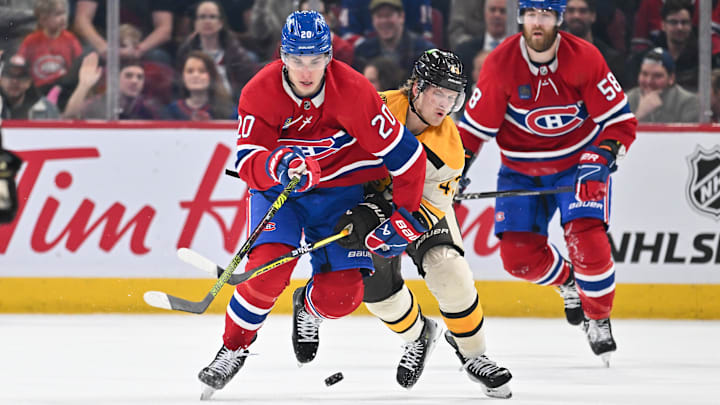Hooking is one of the penalties that are evolving as the NHL continues. If you watch games from the 1950s to 1990s, you'll be shocked about the amount of blatant hooking that goes uncalled. After the 2004-05 lockout, the NHL instituted a zero tolerance stance on all obstruction penalties, which included interference, holding, and hooking.
The change made it so the league's offensive players could showcase their talents more instead of being held down by big rangy defensemen who couldn't skate with them. The league tried to clean up those rules before the lockout, but the new collective bargaining agreement allowed the referees to institute widespread rule changes.
The NHL Rulebook now states hooking as " the act of using the stick in a manner that enables a player to restrain an opponent. When a player is checking another in such a way that there is only
stick-to-stick contact, such action is not to be penalized as hooking."
The Youtuber Jens95 posted a video showing the difference between a good hooking penalty and a bad one. Hooking is such a common penalty that doesn't include controversy, so there aren't many clips available of these types of penalties for the Habs.
Obviously the minor penalty is the most common usage of the hooking infraction. However, there is a rare instance where a major penalty can happen if an injury occurs on the play. A game misconduct would also be assessed if an injury occured.
